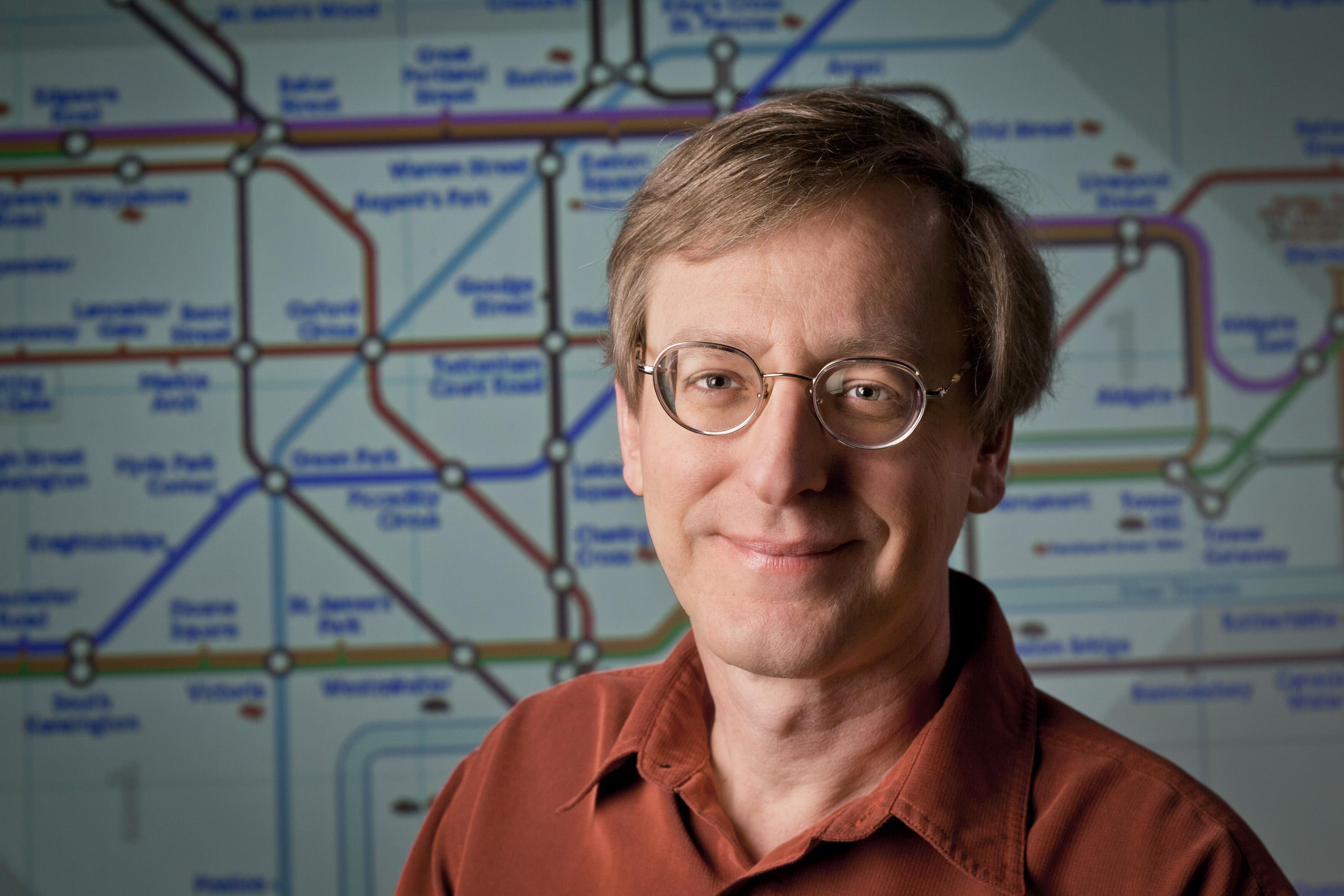

David N. Beratan

Born 1958, Illinois, USA
R.J. Reynolds Professor of Chemistry, Professor of Biochemistry, and Professor of Physics, Duke University
Email:david.beratan@duke.edu
WWW: external link
B.S. Duke University (1980); Ph.D. California Institute of Technology (1986); NRC Resident Research Associate, Jet Propulsion Laboratory (1985-87); NSF National Young Investigator Award recipient (1992); Chancellor’s Distinguished Research Award of the University of Pittsburgh (1998); J.S. Guggenheim Foundation Fellow (1999-2000); Visiting Fellow - All Souls College, University of Oxford (1999-2000); Ralph and Lucy Hirschmann Visiting Professor - University of Pennsylvania (2000); Conrad E. Ronneberg Visiting Scholar - University of Chicago (2001); Elected Fellow - American Physical Society (2001); Elected Fellow - American Association for the Advancement of Science (2002); Elected Fellow - American Chemical Society (2013); Feynman Prize for Nanoscience in Theory - Foresight Institute (2013); Elected Fellow of the Royal Society of Chemistry (2013); Charles H. Herty Medal of the American Chemical Society Georgia Section (2015); Florida Award of the American Chemical Society (2017); Murray S. Goodman Memorial Prize of the American Chemical Society (2018); Bourke Award of the Royal Society of Chemistry (2019); Journal of Physical Chemistry B Festschrift (2020); Cozzarelli Prize of the National Academy of Sciences in the Physical and Mathematical Sciences (2020); Edward W. Morley Medal of the American Chemical Society Cleveland Section (2021); Horizon Prize of the Royal Society of Chemistry (2023); Irving Langmuir Award in Chemical Physics of the American Chemical Society (2024); Member – US National Academy of Sciences (2024).
Author of:
Important Contributions:
- Developed superexchange theories for molecule-mediated electron tunneling, linking molecular structure to electron tunneling rates and currents.
- Developed design principles for organic nonlinear optical chromophores.
- Developed “inverse design” approaches to optimize molecular properties.
- Developed electronic structure methods to assign the absolute stereochemistries of complex natural products with multiple stereocenters, using computed optical rotation angles.
- Developed the tunneling pathway and flickering resonance theories of electron transfer in proteins and nucleic acids.
- Developed a description for chiral imprinting of solvent, nanoparticles, and multi-molecule assemblies.
- Developed a theory for long-range charge transport in bacterial nanowires, based on multi-step nearest-neighbor electron hopping.
- Developed a theory for biological electron bifurcation reactions that explains their high efficiency and provides design principles for bioinspired electron bifurcation networks.